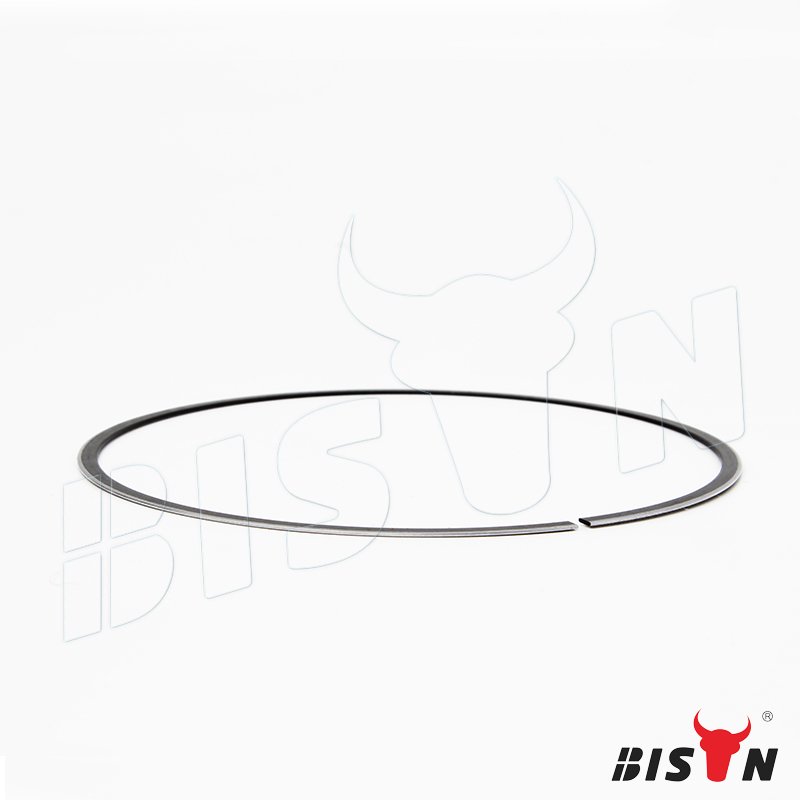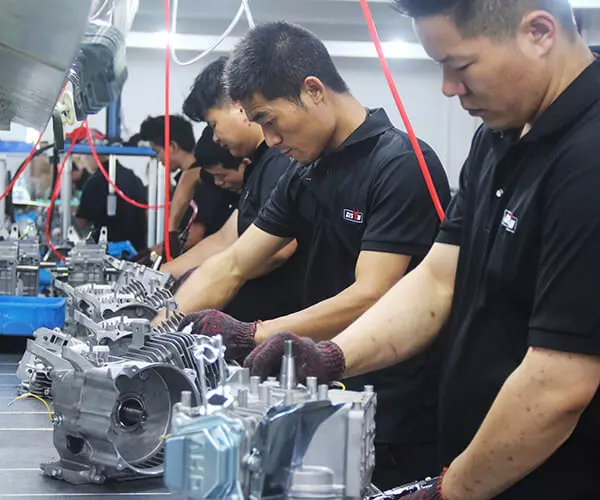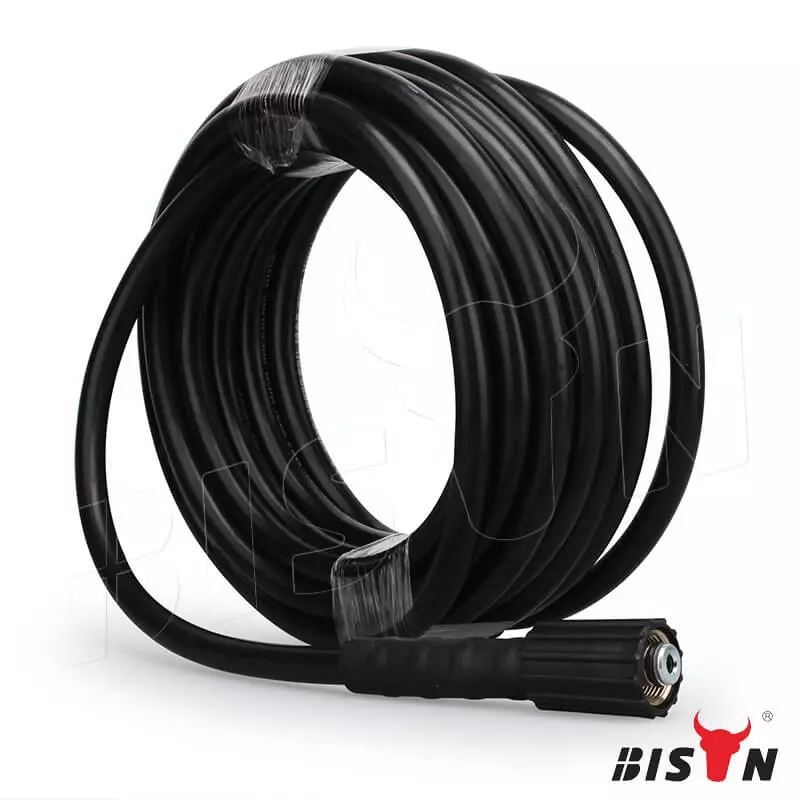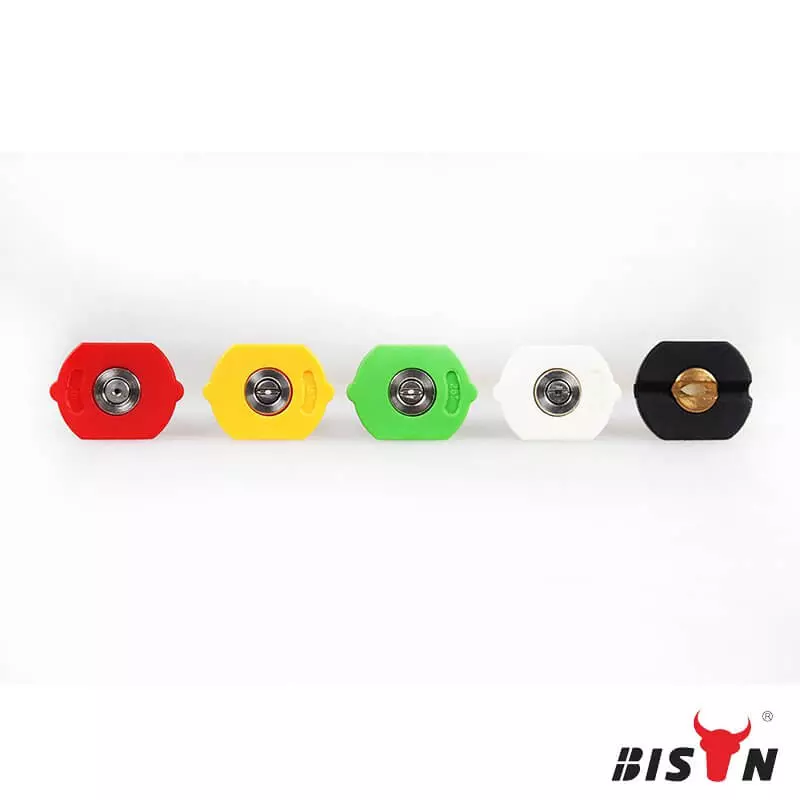

piston ring details
The piston ring is designed to seal the gap between the piston and the cylinder wall. If this gap is too small, the thermal expansion of the piston may mean that the piston is stuck in the cylinder, causing serious damage to the engine. On the other hand, a large gap will lead to insufficient sealing of the piston ring to the cylinder wall, resulting in excessive air leakage (combustion gas entering the crankcase) and a decrease in cylinder pressure, thereby reducing the power output of the engine.
The piston ring is a metal split ring connected to the outer diameter of the piston of an internal combustion engine or steam engine. Most piston rings are made of cast iron or steel.
The main function of the piston ring in the engine is:
Seal the combustion chamber to minimize the gas loss of the crankcase.
Improve the heat transfer from the piston to the cylinder wall.
Maintain the proper amount of oil between the piston and the cylinder wall
Adjust engine oil consumption by scraping oil from the cylinder wall back to the oil pan.
piston ring Faq
What does piston ring do?
The piston ring supports the piston so the piston can travel smoothly up and down.
What is a piston ring called?
Piston rings commonly used on small engines include the compression ring, wiper ring, and oil ring. A compression ring is the piston ring located in the ring groove closest to the piston head. The compression ring seals the combustion chamber from any leakage during the combustion process.



